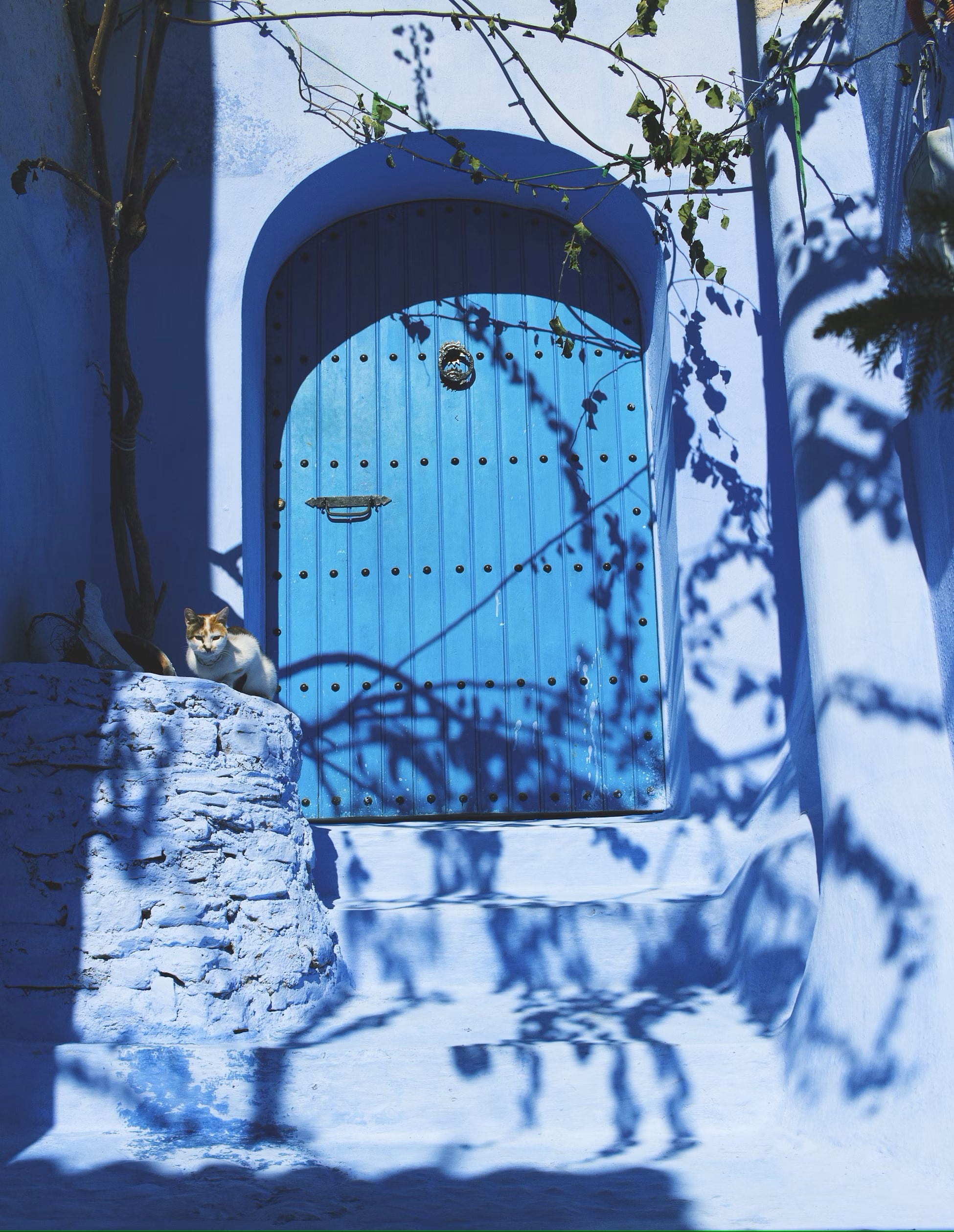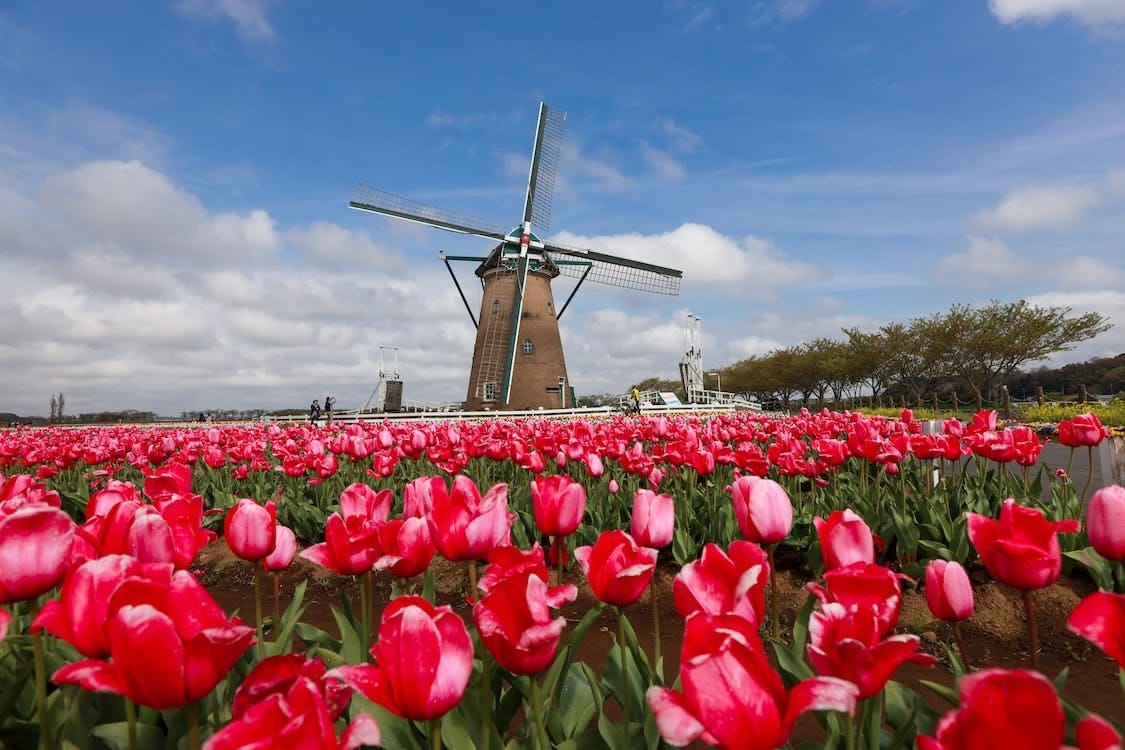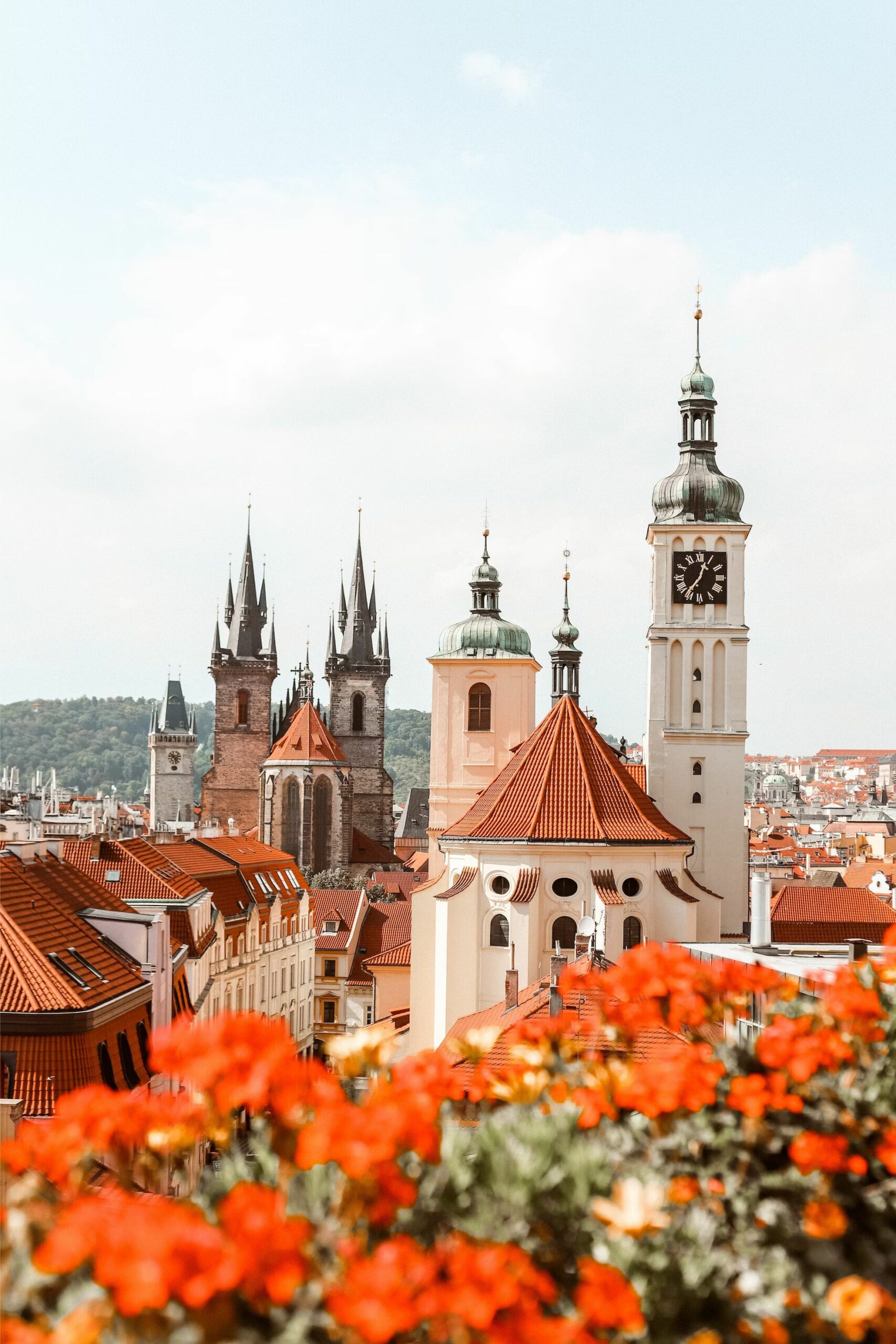For over 5000 years across Africa, the Middle East and Asia, henna body art has beautified women’s hands and hair while signifying luck, health and celebration. Creating intricate henna designs remains an honored folk art passed down for centuries.
Henna Through History
References to henna dye trace back to Bronze Age civilizations like the Egyptians, who used it alongside makeup to adorn nobility and mummies. Henna spreads as a cosmetic, medicinal herb and magical ward across ancient cultures from Morocco to India.
By the 17th century, EU visitors admired the exotic painted hands of North Africa and the Middle East. Victorian England later went wild for henna when British Raj brought it home from India as a trendy Orientalist fad.
Today henna endures as a global beauty tradition rooted in heritage yet ever-evolving in expression. Its deep comfort reminds that human allure persists ancient across all cultures.
Blissful Pre-Wedding Rituals
For women worldwide, sharing henna retains deep-rooted celebratory significance. Moroccan and Indian brides receive intensive painted designs spreading across hands, feet and legs during pre-wedding rituals. Female friends and relatives gather to beautify the bride, lips humming with songs and gossip amid trance-like floral scent filling the air.
Group henna sessions similarly bond friends through shared experience and reveal inner grace. As women paint each other’s hands, meditation on luck, love and new phases of life flows intuitively.

While designs and meanings vary across regions, core motifs unite. Flowers represent joy, mandalas spiritual protection. Mehndi artists intuit patterns blessing the wearer and glide cool henna mud across skin in soothing silence. Drying henna leaves graceful tracework to admire through days of blissful ornament.
Cultural Identity & Modern Revival
As global beauty culture exchanges accelerate, henna enjoys expanded popularity and creative fusion. Arabian Gulf nationalism adopted lavish henna designs as cultural identity. Brides here feature intricate patterns from neck to toe.
Pacific Islanders honor Polynesian ancestry by reviving ancient henna symbols with contemporary techniques. And innovative mehndi artists fuse folk motifs with florals, lace and gemstone embellishments transcending tradition.
India’s Madhubani folk art and muralists inspire modern mehndi. Lebanese designers layer modern fabrics and beads over hennaed limbs. While Moroccan fashion mixes henna, calligraphy and textiles into couture.
Henna Spreads Joy Worldwide
Wherever applied with care – from whispered blessings to proclaimed self-love – henna empowers diverse women through unbroken beauty passed down centuries, hands to hands.
Music festivals, pregnancy blessings, bridal showers and vacations worldwide feature henna artists spreading ancestral magic secularly. Celebrities and commoners alike flash exotic henna hands on social media, ignoring cultural roots yet unintentionally furthering its universal reach.

And so henna transcends categorization to touch humanity through shared aesthetics. An ageless plant bearing generations of whispered hopes now touches all who open to timeless ornamental ritual connecting inner spirit to outward adornment.









